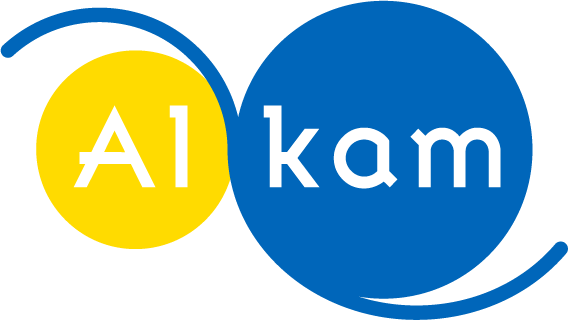How to Structure Information on Food Labels?
- Alkam
- Mar 20
- 4 min read

Introduction
Food labels are a crucial tool for companies in the food industry. They not only provide essential information to consumers but also play a key role in brand communication. Another important feature is that they must display certain mandatory details according to the regulations of the respective country. In today’s article, we will explore all of this.
Index
Why Labels Are Crucial in the Food Industry
Structuring Information on the Label: Allergens and Additives
Nutritional Declaration for Consumer Health
Storage and Expiration Date
Food Labeling Regulations and Laws
Conclusion
1. Why Labels Are Crucial in the Food Industry
For a company that produces food products for the end consumer, the label is not just a mere list of ingredients, as it might be for a B2C consumer. In fact, it represents an element of trust and transparency between the company and the person purchasing the product. Thanks to the label, the consumer is attracted to the product, trusts the information provided, or recognizes the brand, leading to the decision to purchase the product. For this reason, the clarity and accuracy of the information on the label are essential to build a strong relationship with end users.
2. How to Structure Information on a Food Label?
The structure of a food product label should be designed to facilitate readability and understanding. Each element, from the product name to the ingredients, should be presented in a logical and accessible way. The details on the label help the consumer understand the nature of the food, indicating its composition and how it was prepared. Additionally, the physical state of the food is also specified, such as whether it is in powder form, frozen, smoked, etc., following any transformations.
Ingredients
The substances or raw materials used in the preparation of the product must be listed on the label. In case you didn’t know, here’s a crucial piece of information: ingredients must always be listed in descending order of weight. By law, even composite ingredients must be disclosed to the consumer. For example, if we were selling a tart filled with cream, it’s essential to indicate not only the raw materials used to make the tart but also those used in the cream.
Allergens and Additives: What You Need to Know
The ingredients in a food product can cause allergies or intolerances in some individuals, so listing all the ingredients is crucial, as well as being a legal requirement. Companies should ensure that allergens are clearly displayed on the label, making it easier for individuals with food intolerances to identify them. For example, you might choose to highlight allergens with a different color or bold text to differentiate them from the other ingredients.
The same rule applies to additives: they are substances generally not consumed on their own but are used in food preparations to color, preserve, or sweeten the product. Additives are usually found at the end of the ingredient list, and by law, they must be specified according to their category (for example, E222 for sodium bisulfite). However, it’s important to note that, unlike allergens, if they are used in composite ingredients and do not serve a primary function in the main product, they do not necessarily need to be listed.
3. Nutritional Declaration and Consumer Health
The nutritional declaration is a crucial aspect of food labeling, with the primary focus on the health of the consumer purchasing the product. The label must provide essential data to help consumers make informed food choices, influencing their perception of the product’s quality and healthiness. Simply put, the declaration indicates how much and which nutrients are present in the product.
By law, it is mandatory and includes the energy value and the amounts of certain substances, such as carbohydrates, saturated fats, sugars, etc. Generally, the energy value is expressed in two units of measurement: kilojoules (kj) and kilocalories (kcal) per 100 g or 100 ml, while nutrients are listed in percentages.
4. Storage and Expiration Date
Storage instructions and the expiration date are essential for ensuring food safety and preventing consumer dissatisfaction regarding the product's quality. These pieces of information benefit the company as they ensure the product does not deteriorate. Proper labeling helps prevent food waste and ensures that products are consumed in their best form, thus maintaining flavor and texture.
4o mini
5. Food Labeling Regulations and Laws
The European regulation (Regulation 1169/2011) sets out precise rules for food labeling. Industry operators must ensure that the information provided is clear, complete, and truthful, complying with all legal requirements. There is much more to say on this topic, so we prefer to write a further in-depth article to answer all your questions about it. Don't miss our upcoming articles: subscribe to our newsletter.
6. Conclusion
Food labels are a key element in the B2B sector. Choosing a partner like Alkam not only ensures printing quality but also guarantees compliance with regulations in the food market. If you're looking for a labeling company to print labels for your food products, fill out the form by clicking here, and we will get back to you as soon as possible.

Comments